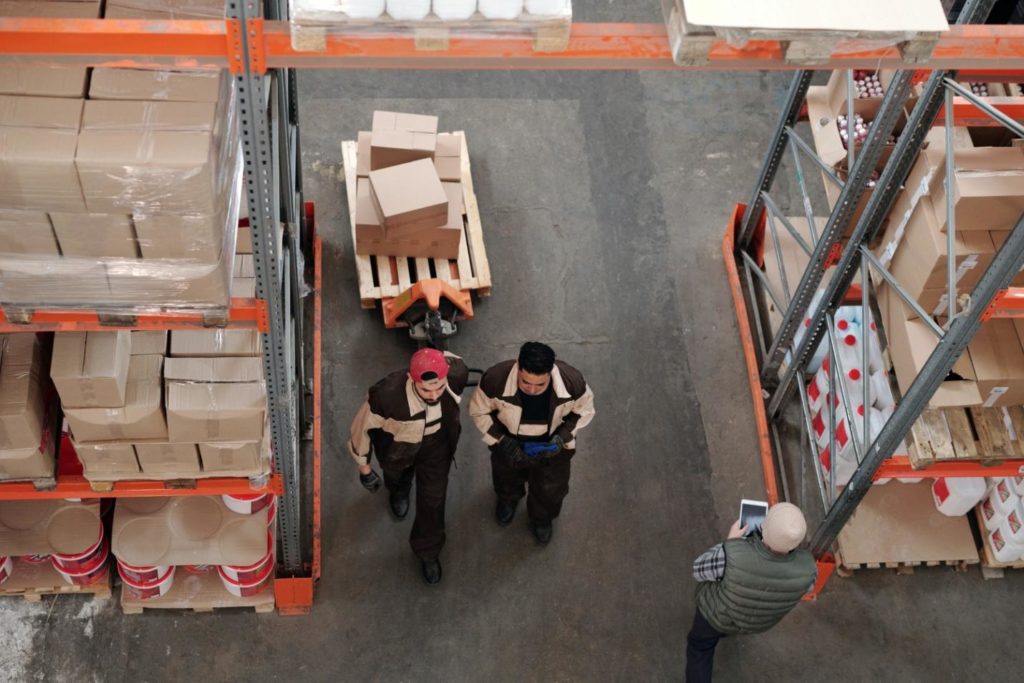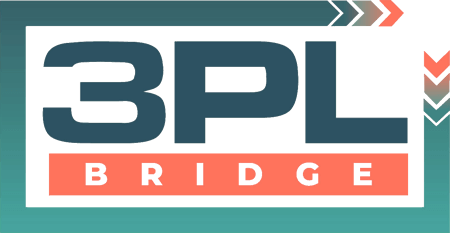
As a small business owner, you will have to put in extra effort to ensure that all of your services are top-notch. You don’t have a pre-established reputation that might save you if you make a few errors. Instead, each mistake you make can cause damage to your brand. This is why it is necessary to streamline everything as much as possible.
When it comes to running an online store, eCommerce fulfillment can make or break your business. It doesn’t matter if you sell products of the highest quality. If the shipment and delivery aren’tsmooth, your customers may not want to use your service again.
Here are 5 eCommerce Fulfillment tips for small businesses in 2022 that will help your startup thrive and create a strong brand image.
5 eCommerce Fulfillment Tips For Small Businesses In 2022
eCommerce fulfillment is the entire process of delivering the product to the shipment address after the order is placed online. This includes receiving and storing the inventory, packing and labeling the boxes with correct names and addresses, and delivering the packages to their destinations.
If you are a relatively small business with a few orders – say, less than 50 orders a month – eCommerce fulfillment may not be that big of a concern for you. However, once the business starts prospering, the process of packing and delivering packages becomes tedious and time-consuming.
If you are planning a startup or are already struggling with eCommerce fulfillment, the following tips will help you get on the right track.
1. Outsource It Right Away
When starting a small business, most owners decide to handle the shipping and order fulfillment their selves. They may think that they’d evaluate the success of the business before considering outsourcing. However, this is the wrong way to go about things. As discussed earlier, managing the shipment by yourself can work for a while, but it isn’t sustainable in the long run. And even if you can manage in the beginning, it will take more time and energy than necessary, and prevent you from focusing on your business.
Instead, you should consult a third-party eCommerce fulfillment service to streamline the delivery process. There are a lot of advantages to doing so. You won’t have to dedicate a space for your inventory, the shipment cost would be lower, and you will be able to reach international customers without having to increase the price, among other things. If you consult a fulfillment provider who has experience with startups, they will also be able to guide you about things you may not understand. Additionally, most eCommerce fulfillment services have flexible prices, which will be helpful when your business starts to grow and experiences seasonal fluctuations.
2. Understand the Needs of Your Customers
Fulfillment is the middle point before the product reaches its owner. Therefore, it is necessary that the practice is designed while keeping your customers’ needs and wants in mind. A huge part of fulfillment is boxing and labeling your products, which can vary significantly depending on what you’re selling.
For instance, a medical device or supplement will require you to clear instructions and labels to the products without any fancy additions to make things convenient for the customer. However, adding some flair and character to cosmetic and skincare brands can help boost your sales. High-value products (cell phones, cameras, computer accessories, etc) will require tough boxes and added security, whereas delicate items will require soft yet sturdy boxing to prevent them from getting damaged. If your customer has a unique and fun unboxing experience, they would be more likely to order again. And who knows, you might receive free marketing through those popular unboxing videos.
3. Take Advantage of Value-Added Services
As a small business startup, you may be skeptical of using value-added services. After all, they are an additional expenditure, and you could use the money elsewhere. However, when running a business, you have to take the future into account. And value-added services can prove to be very fruitful in the long run.
For instance, you can offer a subscription that delivers certain goods at a discounted rate. What better way to ensure future revenue than to have customers sign up for regular payments? However, you have to be sure that the discount doesn’t cause you to experience any loss in the future and that you are able to deliver the goods at regular intervals. You could also use special kitting services to sell more products at discounted rates.
4. Automate Communication
Lack of customer satisfaction can be lethal for any business. While large-scale companies can manage customer support more easily, small businesses might struggle to keep up. Working on customer communication, return and refund support, product guides, FAQS, and other support documents can become a hassle but are crucial in creating a good brand image.
Keeping up with customer issues and resolving them as quickly as possible can be very time-consuming. Instead, try to automate the process as much as possible. For starters, send automated texts and emails to keep customers updated about their order status. Make the return and exchange process simple with detailed instructions on the website. If possible, add video tutorials on your website about each product and how to use them. The more automated the process is, the more likely it would be for your customers to place more orders.
5. Reduce the Number of “Touches”
The number of touches refers to the average number of people who would be handling the product during the delivery. Remember: the more people handle the product, the bigger the room for human error. This could lead to damaged products, mishandling, packages delivered to the wrong address, or loss of inventory.
To reduce the risk of these errors, try to reduce the average number of touches and handling as much as possible. This is especially important if you’re selling a high-value or delicate product, as the loss can be more difficult to replace.
Conclusion
eCommerce Fulfillment is a process that can be difficult to understand and challenging to fulfill. However, by following the above steps, you can make the process that much easier for yourself and focus your energy on growing your business.
If you’re looking to outsource eCommerce Fulfillment, head over to 3PL Bridge for a consultation or a quote today.



